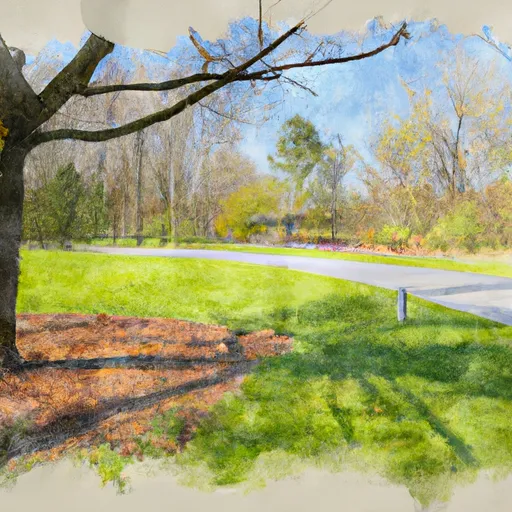°F
°F
mph
Windspeed
%
Humidity











Homer, Louisiana is a small town located in Claiborne Parish in the northern part of the state. The climate in Homer is characterized as humid subtropical, with hot and humid summers and mild winters. Average temperatures range from the mid-90s°F (mid-30s°C) in summer to the mid-50s°F (10-15°C) in winter. The area experiences moderate rainfall throughout the year, with the wettest months occurring from March to May.
Homer is situated near Lake Claiborne, a popular destination for outdoor enthusiasts. The lake offers various recreational opportunities, including fishing for bass, crappie, and catfish. Boating, water skiing, and swimming are also popular activities in the lake. Additionally, the town is surrounded by scenic forests and wildlife management areas, providing opportunities for hunting, hiking, and birdwatching.
Hydrologically, Homer lies on the Bayou D'Arbonne watershed, which is part of the larger Ouachita River basin. The waterways in the area offer additional recreational options such as canoeing and kayaking. Overall, Homer's climate, hydrology constituents, and outdoor recreation opportunities make it an attractive destination for nature lovers and those seeking outdoor adventures in northern Louisiana.
Weather Forecast
Homer receives approximately 1401mm of rain per year, with humidity levels near 87% and air temperatures averaging around 18°C. Homer has a plant hardyness factor of 8, meaning plants and agriculture in this region tend to thrive here all year round.
Regional Streamflow Levels
1,470
Cubic Feet Per Second
121
Cubic Feet Per Second
1,190
Cubic Feet Per Second
1,120
Cubic Feet Per Second
Nearby Camping
| Camping Area | Reservations | Toilets | Showers |
|---|---|---|---|
| Sam Houston Jones State Park | |||
| Kisatchie Bayou Complex | |||
| Red Bluff Camp Complex | |||
| Fullerton Complex | |||
| John Blank Sportsman Park | |||
| Lorrain Parish Park |



